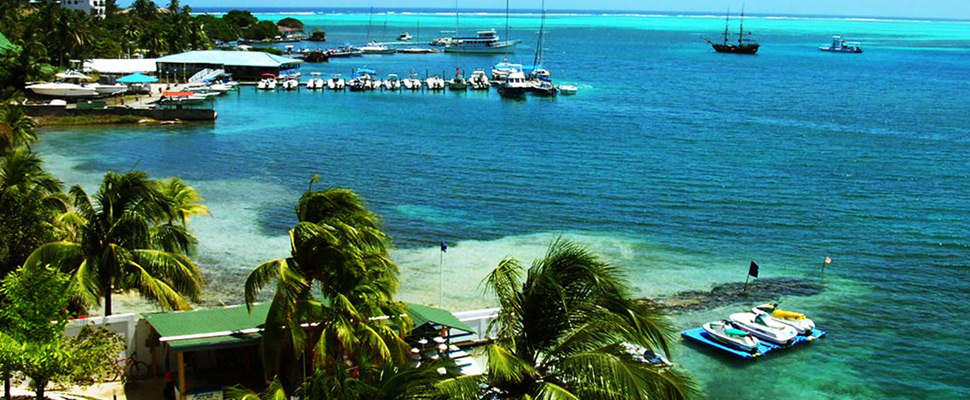San Andres’ quieter side


When it comes to tranquil Caribbean islands, it’s fair to say there’s a good bit of competition out there. Thus, for such places to stand out from the crowd, they generally have to offer something different.
In this regard, the Colombian-administered San Andres island isn’t usually top of the priority list for those considering visiting the region. It has a reputation for being somewhat overcrowded and not exactly well kept.
It’s also widely agreed that the ‘neighboring’ sister island of Providencia (part of the same administrative department albeit) is the better option with San Andres just used as a necessary stopover to get there.
Yet all that is being a little unfair this particular isle.
For sure, and lamentably so in a not-too-untypical Colombian fashion, it’s certainly not pristine clean. You don’t have to look hard at all to find plastic bottles and drinks cans scattered around, normally within meters of a rubbish bin.

Interestingly enough, those with the strongest links to the island, the Raizals who speak Creole and seem to prefer using English rather than Spanish when given the choice, blame this spoiling of the land on the Colombian continentals who have made the place their home in big numbers over the last number of decades. Indeed, the Creole types ill-feeling towards their ‘administrators’ seems to run much deeper than just the environmental pollution. Let’s just say there appears little love lost between Raizals with deep roots to the place and some more recent arrivals; a feeling that the former is being systematically drowned out by the latter.
What some may view as colonialism, aside one of the most visually spectacular features are the clear and colorful majestic waters, home to corals bursting with marine life — snorkeling and/or diving is highly recommended on this front. Thankfully these appear to be well-maintained and long may it continue.
As regards where to stay, the more popular side of the island is the commercial center in the north, around the airport and its environs. Here you have the big hotel names and a host of other accommodation options, as well as postcard-perfect, golden-sand beaches. It has that recognizable holiday island vibe to it, nothing terribly original in that.
Further south down the east side of the island, around the San Luis area, there are more beaches, ones that tend to be less frequented.
Things are far quieter on the south and west sides of the island, the latter being the prime spot for diving and snorkeling. Here you’ll find a host of homelier accommodation options in the likes of Cove and West View. For those looking for a more chilled-out stay and a visit not solely focused on sun, sea and sand, this part of the island is the best place to look. In any case, there are frequent buses to the center from early morning up until 8.30 pm if you want to check out the livelier side of things — the public transport also doubles up as a cheap way to get an island tour.
Most visitors rent their own transport to explore the island. Scooters are a good way to go for individuals or couples, with big quad-type vehicles, or mules as they’re called, a handy option for three or more people

The tried and trusted push bike for about 30,000 COP (10 euros) per day is another alternative, if you can stick the heat that is (if an Irishman can do it and survive, it’s doable for most who are in any way active; the total area is just 26 square kilometers with the highest point standing at 84 meters). A spin up Orange Hill to the landmark First Baptist Church allows for nice views of both the east and west sides of the island, and it also gives a flair to San Andres’ former British colonial past (note the church service board written in English).
In terms of expenses, standard accommodation and meals are costlier than what you’ll find on the Colombian mainland, understandable for a rather remote, tourism-focused Caribbean island. On the flip side, beers and other alcohol products retail at prices similar to what you’ll find in Bogota’s cheaper barrios.
The rubbish black spots aside (a pan-Colombian problem that), our four-night visit to San Andres certainly didn’t disappoint. Whether it’s seen as a poor man’s Providencia or not, it still has plenty to offer in its own right.
LatinAmerican Post | Brendan Corrigan
Copy edited by Susana Cicchetto





